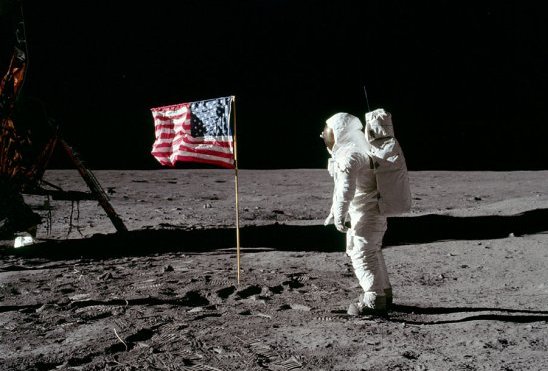Perry and other lawmakers blast Obama over shuttle retirement
Texas Governor Rick Perry, as well as other lawmakers from Congress, blasted Obama today over the shuttle retirement.
Bah. Perry claims to be a so-called small government conservative, yet he wants the government to spend a fortune to build and run the space program. Meanwhile, Senators John Cornyn (R-Texas) and Kate Bailey Hutchinson (R-Texas) were around in Congress when President George Bush announced the shuttle’s retirement seven years ago. Their effort since then to fund pork through NASA and thus have NASA build a giant new rocket system, either Constellation or its new Congressionally-designed replacement, has been a disaster. Right now it would be better, and far cheaper, if they stopped fighting the new commercial space companies and instead get behind them, especially since the Obama administration itself has done a very poor job of selling this new industry.
A little support from Congress could go a long way to not only reinvigorating the aerospace industry, it could speed our country’s return to manned space, with multiple competing companies.
Texas Governor Rick Perry, as well as other lawmakers from Congress, blasted Obama today over the shuttle retirement.
Bah. Perry claims to be a so-called small government conservative, yet he wants the government to spend a fortune to build and run the space program. Meanwhile, Senators John Cornyn (R-Texas) and Kate Bailey Hutchinson (R-Texas) were around in Congress when President George Bush announced the shuttle’s retirement seven years ago. Their effort since then to fund pork through NASA and thus have NASA build a giant new rocket system, either Constellation or its new Congressionally-designed replacement, has been a disaster. Right now it would be better, and far cheaper, if they stopped fighting the new commercial space companies and instead get behind them, especially since the Obama administration itself has done a very poor job of selling this new industry.
A little support from Congress could go a long way to not only reinvigorating the aerospace industry, it could speed our country’s return to manned space, with multiple competing companies.

